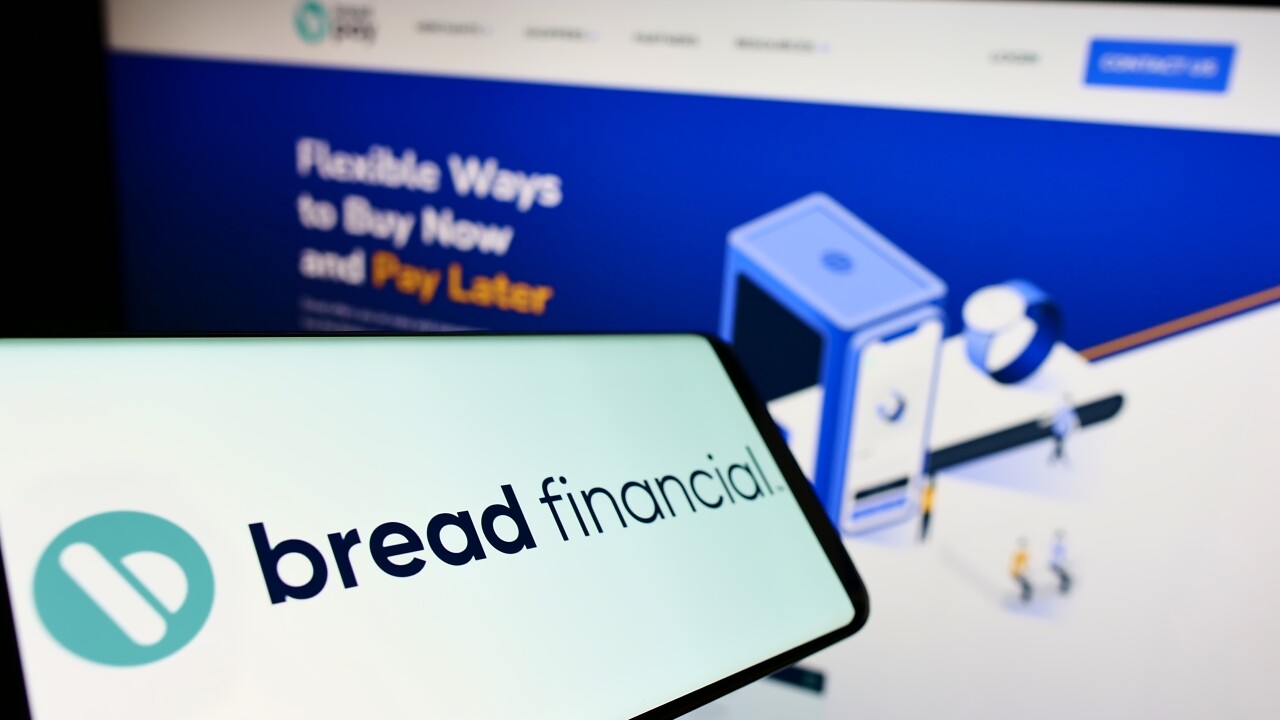With the ever-evolving world of online shopping, security risks and fraud are two things that merchants must be careful to take into consideration for the health of their business.
Even when investing in more robust payment processing software, issuers can experience lower operating expenses while supporting cardholder satisfaction through timely resolution- keeping friendly fraud at bay. With both immense sales and risk at play, it’s important that companies know the full-picture of how they can protect themselves after a season of busy sales.
After holiday spending, customers tend to examine their activity statements with a fine- toothed comb to ensure that that there has been no fraud associated with their account. Transactions and their corresponding billing descriptors are routinely scrutinized and within a few minutes, a statement can either be filed away or, if there are unknown or unrecognizable descriptors, or looked at with closer scrutiny, costing the merchant time, margin and money.

By offering helpful explanation on receipts or credit card statements, merchants can mitigate their own involvement in over $40 billion chargebacks that happen annually. Remember, an abbreviated company name and date on a purchase may not be enough to jog a customer’s memory of what they purchased and may start the process of a chargeback.
Retailers typically see three main disputes associated with one-time sales or holiday shopping, including friendly fraud, merchant error or processing errors and criminal fraud.
Friendly fraud is a substantial problem. Julie Conroy, Research Director of the Aite Group studied responses that found most retailers put their friendly fraud rate at ten percent, estimating the total cost of friendly fraud around $1.3B for Q4 sales in the United States alone. Using that number as a benchmark, Conroy found that in Q1 of 2017, friendly fraud and chargebacks would likely near $130 million.
Online fraud or chargebacks deeply cut into not only a retailer’s finances, but also the card issuing bank in the form of much higher operational costs and in support of maintaining cardholder satisfaction. As a result of this issue, the consumer’s trust of both parties can hurt Q1 or Q2 financial metrics. Many are seeing a dire need for merchants to insert themselves earlier into dispute process and working collaboratively with the issuer to resolve disputes before they escalate.
A post billing chargeback notification platform is quickly able to process hundreds of thousands of cases monthly and enable near real-time collaboration for both fraud and non-fraud chargeback disputes. By integrating directly with card issuers and redirecting disputes from the issuer to the merchant for resolution, disputes can be resolved before they escalate and become chargebacks.
Also, accurate product descriptions and an easy-to- find return policy can help businesses. Most consumers want to be able to find what they’re looking for in a few clicks. Help heighten their purchase experience online and in-store by providing accurate information about purchasing and returning items.
Provide a deeper level of data to help cardholders better understand their purchases and avoid filing false cases of fraud that result in lost sales. This approach also enables the issuer to validate the transaction and dissuade the cardholders from “gaming the system” or claiming fraud when none exists.
By digging deeper into consumer reasons for chargebacks, companies may find patterns or clues to why fraud is on the rise. Since chargebacks are often initiated with reason codes, (or the codes you’ll see from credit card retailers as to why the customer feels they shouldn’t pay for the service or item,) it’s important to reach out and do as much research as you can to determine if the code is accurate.
:





